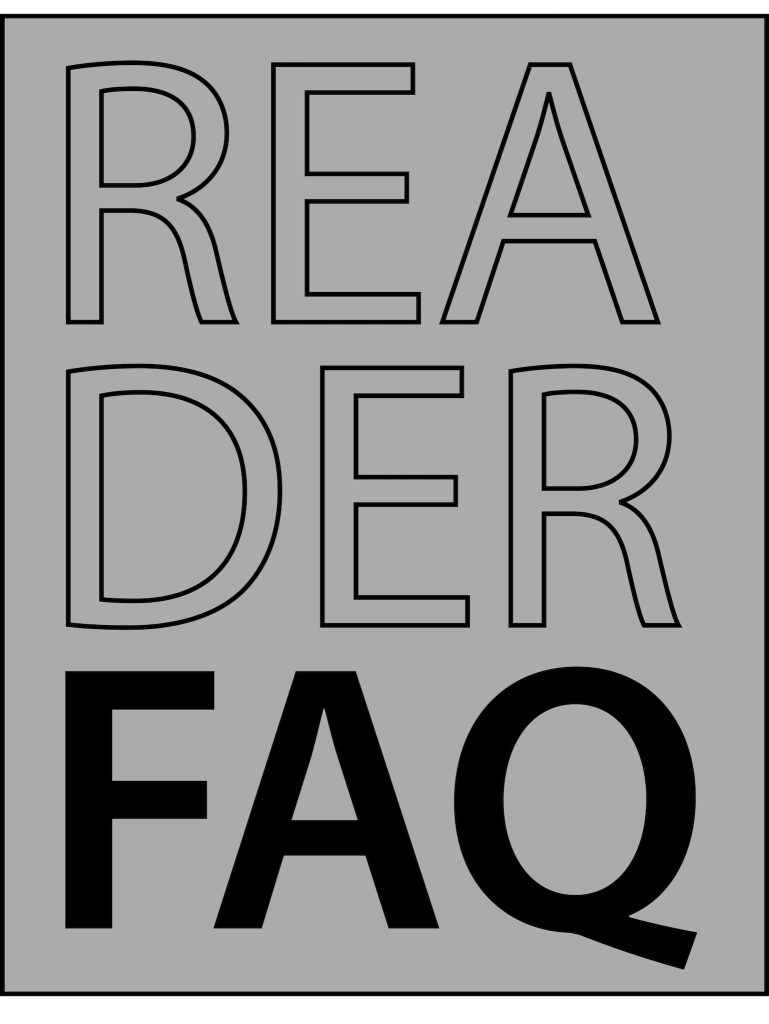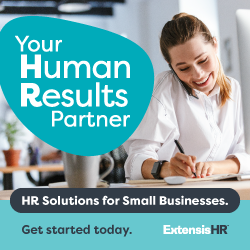For additional strategic insights regarding PEO integration in educational institutions, reference our podcast “Transforming Education: The HR Revolution in Charter Schools,” available through standard distribution channels.
Executive Summary
As discussed in our recent podcast “Transforming Education: The HR Revolution in Transforming Charter School Management,” the integration of Professional Employer Organizations (PEOs) into charter school operations represents a significant advancement in educational administration. This analysis examines the strategic advantages of PEO partnerships, with particular emphasis on their impact on operational efficiency, risk management, and educational outcomes.
Current State of Charter School Administration
Contemporary charter schools operate within an increasingly regulated environment that demands sophisticated human resource management capabilities. Research indicates that administrative responsibilities frequently impede educational leadership, with studies showing that 60% of educational professionals experience diminished effectiveness due to administrative burden.
Strategic Value Proposition of PEO Integration
Co-Employment Structure and Governance
The co-employment model establishes a framework wherein educational institutions maintain autonomous control over their core mission while transferring administrative risk and complexity to specialized partners. This arrangement provides comprehensive operational support while preserving institutional independence. See the related post: Empower Your School with ExtensisHR: Strategic HR Management for Education.

Educational institutions retain authority over:
- Strategic educational direction
- Personnel selection and management
- Academic program development
- Operational decision-making
- Student enrollment management
PEO organizations assume responsibility for:
- Payroll administration and tax compliance
- Benefits program management
- Regulatory compliance oversight
- Risk management protocols
- Employee relations administration
ExtensisHR’s Educational Sector Solution for Transforming Charter School Management
The ExtensisHR SchoolCloud™ platform represents an enterprise-grade solution specifically engineered for educational institutions. This comprehensive system addresses multiple operational dimensions:
Operational Scalability
The system architecture accommodates institutional growth across multiple parameters:
- Student population expansion
- Faculty and staff increases
- Program diversification
- Multi-campus operations
Regulatory Compliance Management
The platform maintains comprehensive oversight of:
- Educational certification requirements
- Employment law compliance
- Workplace safety protocols
- Institutional policy adherence
Professional Development Infrastructure
The Charter School system facilitates:
- Certification tracking and renewal management
- Professional development programming
- Performance evaluation protocols
- Career advancement frameworks
Financial Analysis and Return on Investment
Cost Structure Analysis
Traditional administrative operations typically incur the following annual expenditures:
Charter School Direct Costs:
- Human Resources Management: $65,000
- Benefits Administration: $15,000
- Compliance Management: $20,000
- Legal Services: $25,000
- Technology Infrastructure: $10,000
PEO partnerships typically generate cost efficiencies of 20-30% while providing enhanced service delivery and risk mitigation. Related Link: Unlocking Employee Satisfaction and Budget Savings with PEO Partnerships.
Risk Mitigation Value
PEO partnerships provide substantial risk reduction across multiple domains:
- Regulatory compliance assurance
- Employment practice liability
- Benefits administration oversight
- Workers’ compensation management
Implementation Framework for Transforming Charter School Management
The transition to PEO services follows a structured methodology:
Phase 1: Charter School Strategic Assessment
- Operational analysis
- Risk evaluation
- Resource allocation review
Phase 2: Implementation Planning
- Timeline development
- Stakeholder communication
- Process mapping
Phase 3: Operational Integration
- Systems implementation
- Staff training
- Process verification
Phase 4: Continuous Optimization
- Performance monitoring
- Process refinement
- Strategic alignment
Charter School Support Infrastructure
ExtensisHR provides comprehensive support through dedicated professional teams:
- School Account Management
- Human Resources Direction
- Payroll Administration
- Implementation Oversight
Strategic Implications
The adoption of PEO services represents a fundamental shift in educational administration strategy. This transition enables institutions to:
- Optimize resource allocation
- Enhance operational efficiency
- Reduce institutional risk
- Support educational excellence
Recommendations and Next Steps
Educational leaders seeking to optimize their administrative operations should:
- Conduct a comprehensive assessment of current administrative operations
- Evaluate potential efficiency improvements through PEO integration
- Develop a strategic implementation timeline
- Engage stakeholders in transition planning
Conclusion
The integration of PEO services represents a strategic opportunity for charter schools to enhance their operational effectiveness while maintaining focus on their educational mission. As explored in our “Transforming Education” podcast, this partnership model provides the infrastructure necessary for sustainable institutional success.
For additional strategic insights regarding PEO integration in educational institutions, reference our podcast “Transforming Education: The HR Revolution in Charter Schools,” available through standard distribution channels.

- What are the specific benefits of integrating a Professional Employer Organization (PEO) for charter schools compared to managing administrative functions internally? Integrating a Professional Employer Organization (PEO) offers several specific benefits for charter schools compared to managing administrative functions internally. PEOs can significantly enhance operational efficiency by handling tasks such as payroll administration, benefits management, regulatory compliance, and risk management, allowing educational institutions to focus more on their core mission of providing quality education. This partnership often leads to cost savings, with many schools experiencing a 20-30% reduction in administrative costs. Additionally, PEOs bring specialized expertise and resources that can improve compliance and reduce administrative burdens.
- How can charter schools ensure a smooth transition to using PEO services, and what challenges might they face during the implementation process? To ensure a smooth transition to using PEO services, charter schools should begin with a comprehensive assessment of their current administrative operations. This includes identifying areas of inefficiency and evaluating potential improvements. It is crucial to develop a detailed implementation plan that includes timelines, stakeholder communication, and process mapping. Challenges may arise during this transition, such as resistance from staff accustomed to existing processes or ensuring seamless integration of systems. Proactive planning and clear communication can help mitigate these challenges.
- What metrics or indicators should charter school leaders use to assess the effectiveness and return on investment of partnering with a PEO? Charter school leaders should use several metrics to assess the effectiveness and return on investment of partnering with a PEO. Key indicators can include operational efficiency improvements, reductions in administrative costs, enhanced compliance with regulations, and overall employee satisfaction. By tracking these metrics consistently, leaders can evaluate not only the financial benefits of the PEO partnership but also its impact on educational outcomes and institutional effectiveness.





